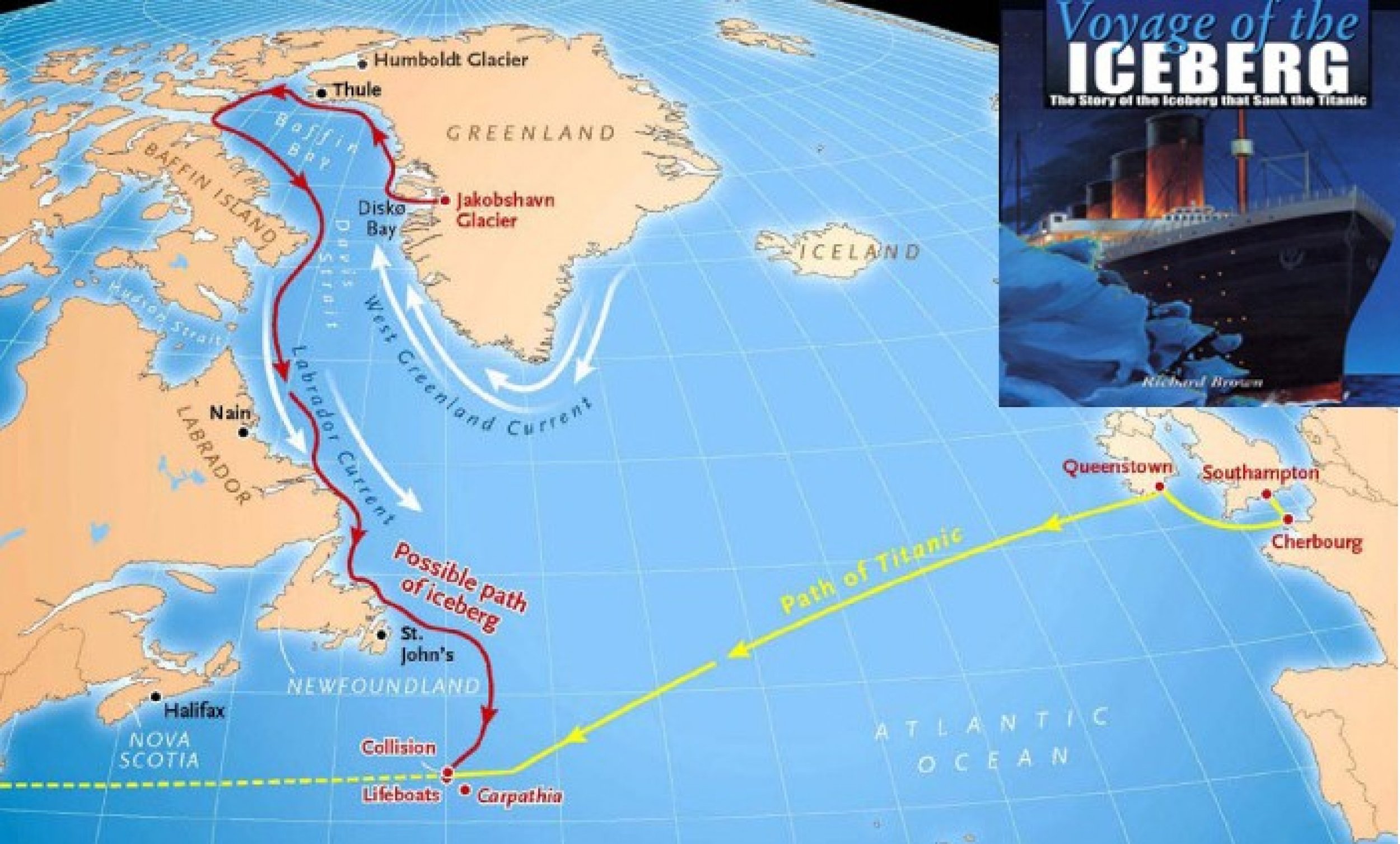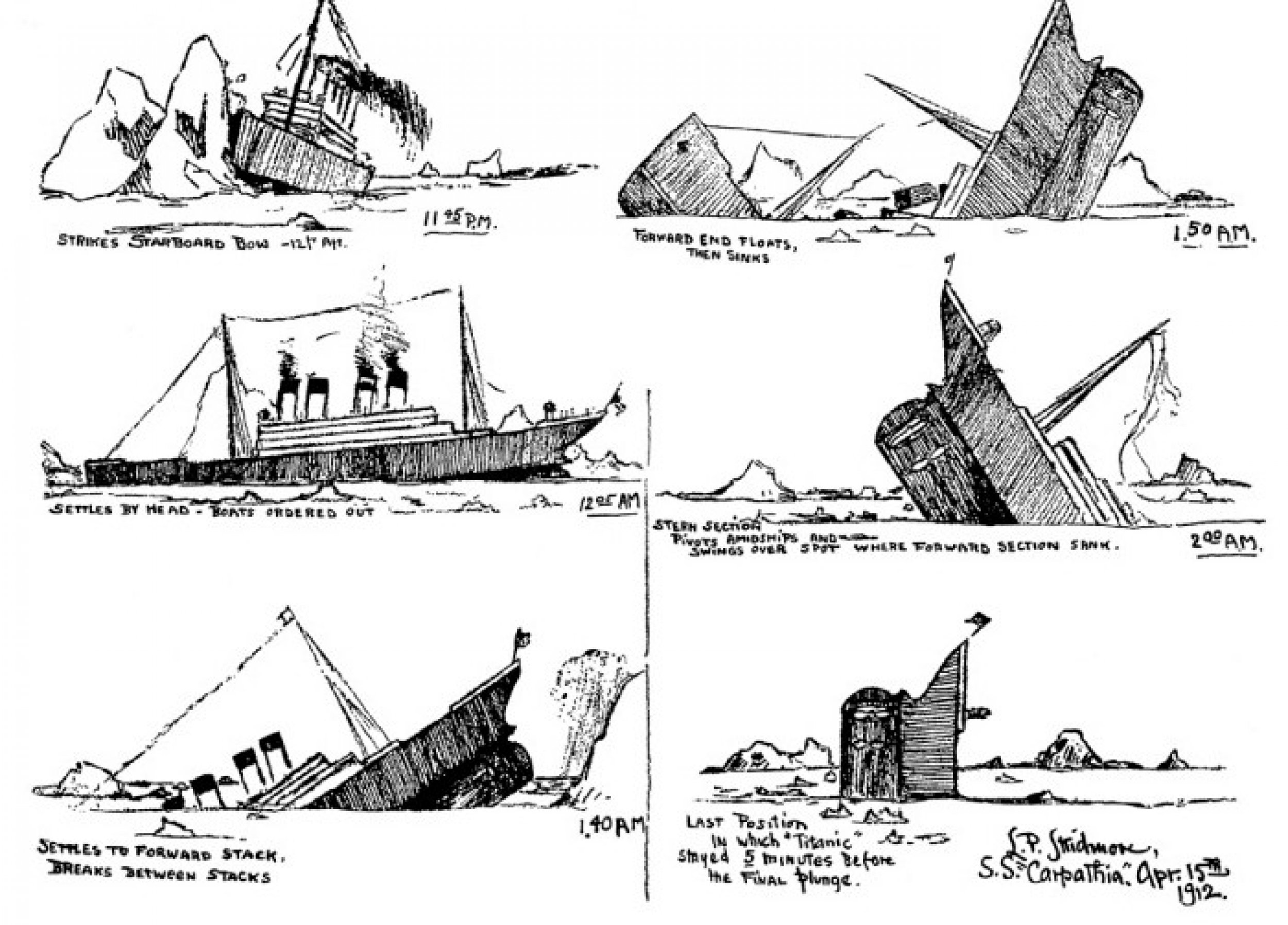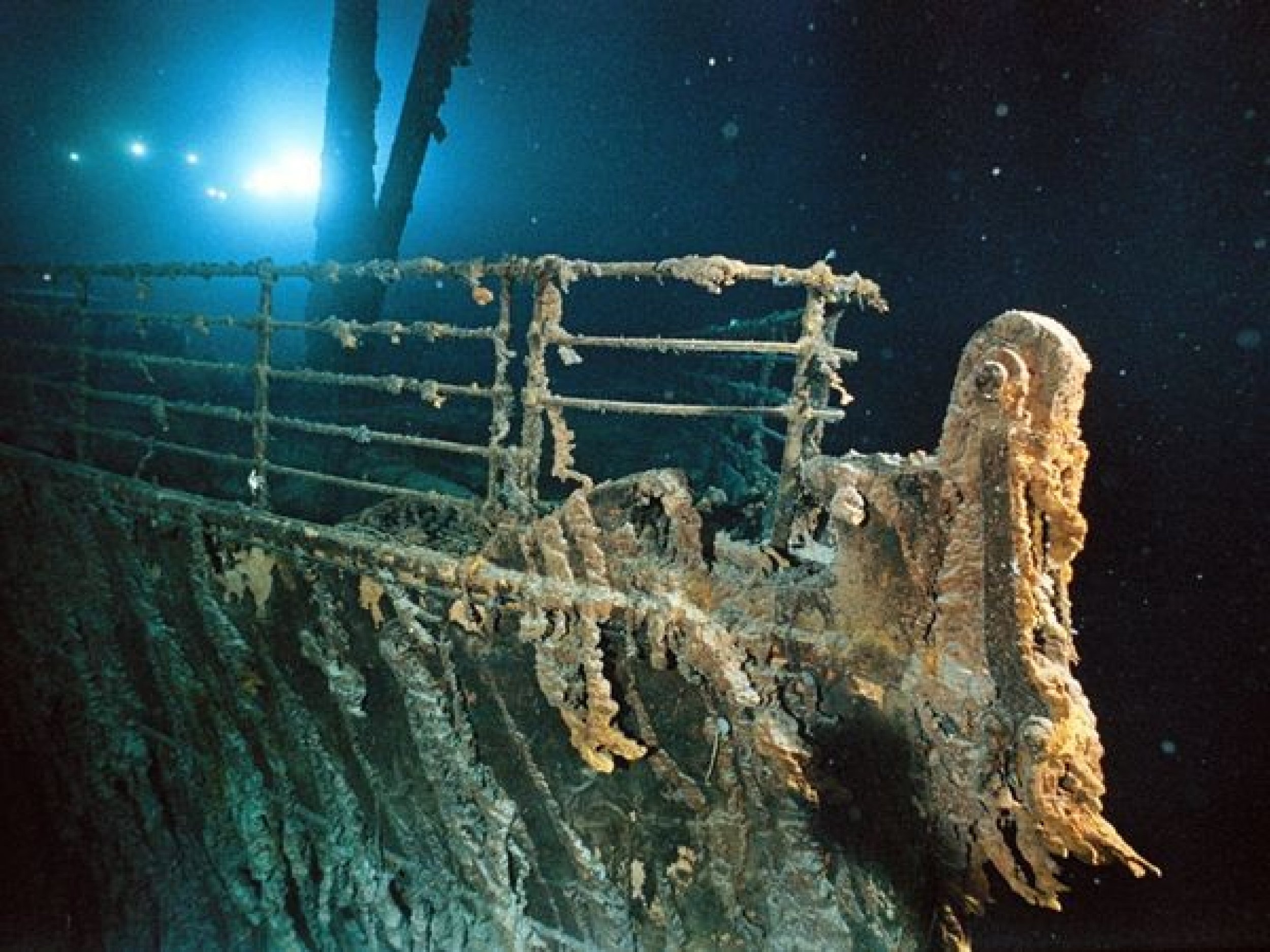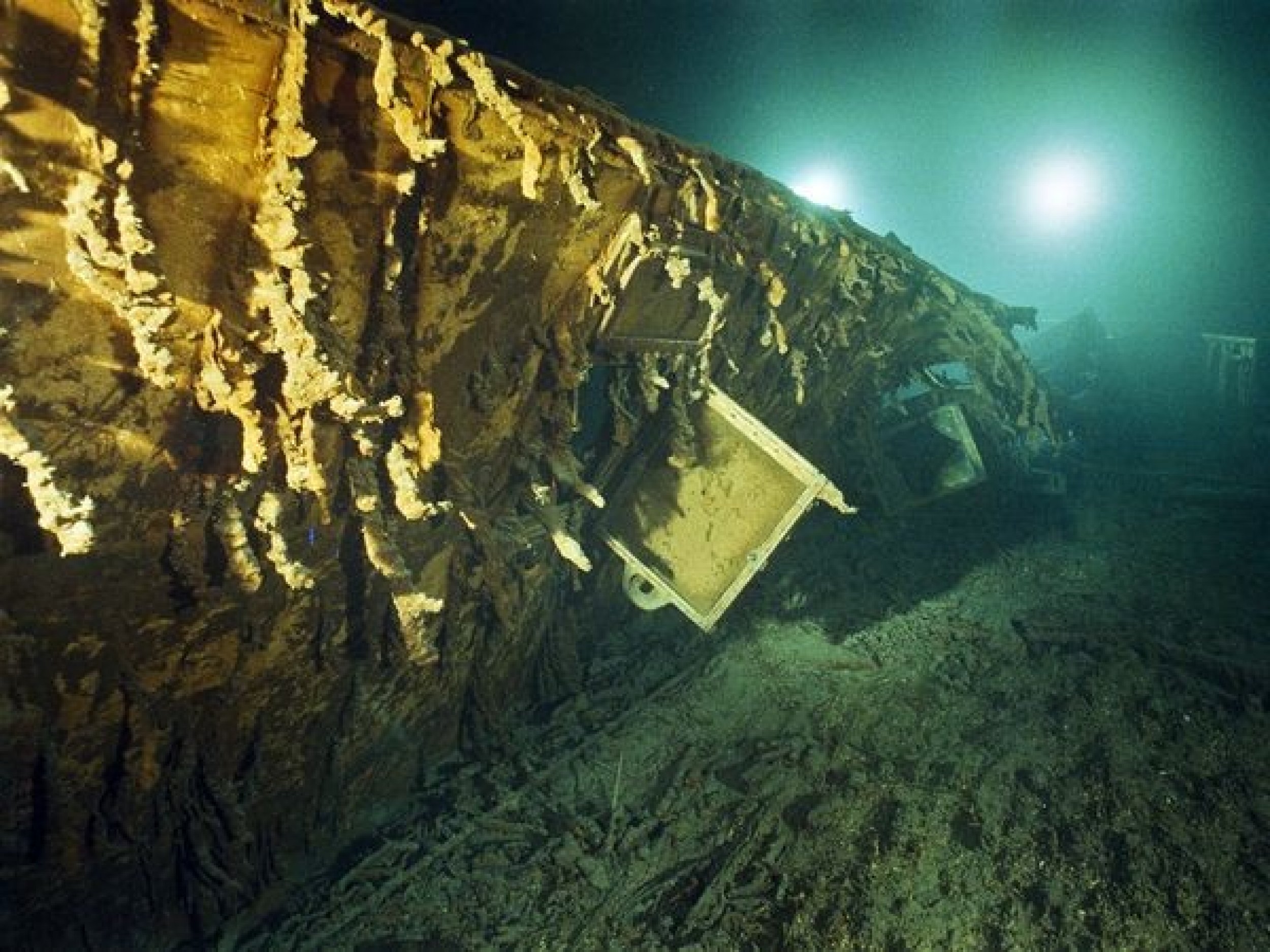Titanic: Did Supermoon and Killer Iceberg Conspire to Sink the Ocean Liner? (Photos)
In about a few weeks' time, the 100th anniversary of the sinking of the ocean liner Titanic will be coming up. The sinking of the Titanic on April 14, 1912, is one of the deadliest maritime disasters in the human history, claiming 1,517 lives. To date, the mystery behind the reason why Titanic sank has not been solved fully. However, a new theory by Texas State University's astronomers suggests that a a rare lunar event could have conspired against the Titanic by creating hazardous sea ice conditions the ship boldly steamed into that fateful night.
Everybody knows that the Titanic sank after it plowed into a giant iceberg. But how did the killer iceberg come to be there in the first place? And how did an unusually large number of icebergs get into the path of the Titanic?
Texas State physics faculty member Donald Olson believes the answer lies with the moon.
Inspired by the work of the late oceanographer Fergus J. Wood of San Diego, who suggested that an unusually close approach by the moon on Jan. 4, 1912, could have caused abnormally high tides, Olson and his colleague Russell Doescher decided to investigate further.
And their findings are quite surprising. The moon and sun had lined up in such a way their gravitational pulls enhanced each other, an effect well-known as a spring tide. The moon's perigee—closest approach to Earth—proved to be its closest in 1,400 years, and came within six minutes of a full moon. On top of that, the Earth's perihelion—closest approach to the sun—happened the day before, a press release by the Texas State University read. When a full moon or a new moon is nearest to the Earth while the satellite makes its elliptical orbit around the planet, and the Sun, the Earth and the Moon are all aligned, it is known as supermoon in astrological terms. However, the term supermoon is not widely accepted or used within the astronomy or scientific community, who prefer to use the term perigee-syzygy of the Earth-Moon-Sun system.
The odds of all the variables lining up the way they did were astronomical, it said.
It was the closest approach of the moon to the Earth in more than 1,400 years, and this configuration maximized the moon's tide-raising forces on Earth's oceans. That's remarkable, Olson said. The full moon could be any time of the month. The perigee could be any time of the month. Think of how many minutes there are in a month.
The research team said the icebergs found in the shipping lanes in April of 1912 could have broken off the Greenland glaciers in January 1912. However, as Greenland icebergs travel southward, many become stuck in the shallow waters off the coasts of Labrador and Newfoundland.
Normally, icebergs remain in place and cannot resume moving southward until they've melted enough to refloat or a high enough tide frees them. A single iceberg can become stuck multiple times on its journey southward, a process that can take several years, the press statement read.
But the unusually high tide in Jan. 1912 would have been enough to dislodge many of those icebergs and move them back into the southbound ocean currents, where they would have just enough time to reach the shipping lanes for that fateful encounter with the Titanic, it read.
We don't claim to know exactly where the Titanic iceberg was in January 1912—nobody can know that-but this is a plausible scenario intended to be scientifically reasonable, Olson said in the release.
However, some astronomers, including Geza Gyuk, Director of Astronomy at the Adler Planetarium & Astronomy Museum and a Senior Research Associate at the University of Chicago, doubt whether the Jan. 4, 1912, spring tide was that powerful to dislodge the icebergs.
The difference in tidal force between [the January 1912] perigee and an average perigee is only about 5 percent, he said.
According to facts about the Titanic from titanicfacts.net, approximately 300 icebergs had reached the shipping lane of the North Atlantic in April 1912, the largest number for around 50 year, with estimated 100 feet height above water.
RMS Titanic, an Olympic-class ocean liner heading towards New York City from Southampton, UK, sank 3 hour after colliding with an iceberg at a depth of 12,415 feet (3,784 m). But the memory of the doomed ocean liner and those who died on that fateful day has been kept alive by numerous studies, books and films etc.
MUST READ - iOS 5.1 Release Date: Top 10 Features in New Update
MUST READ - Game Warns It Could Be Game over
MUST READ - Google Nexus Tablet Release Date: Kindle Fire Killer Coming in May?
MUST READ - iPhone 5 Release Date and Features Rumors: What Can the New iPad Tell Us? (PHOTOS)





© Copyright IBTimes 2024. All rights reserved.




















